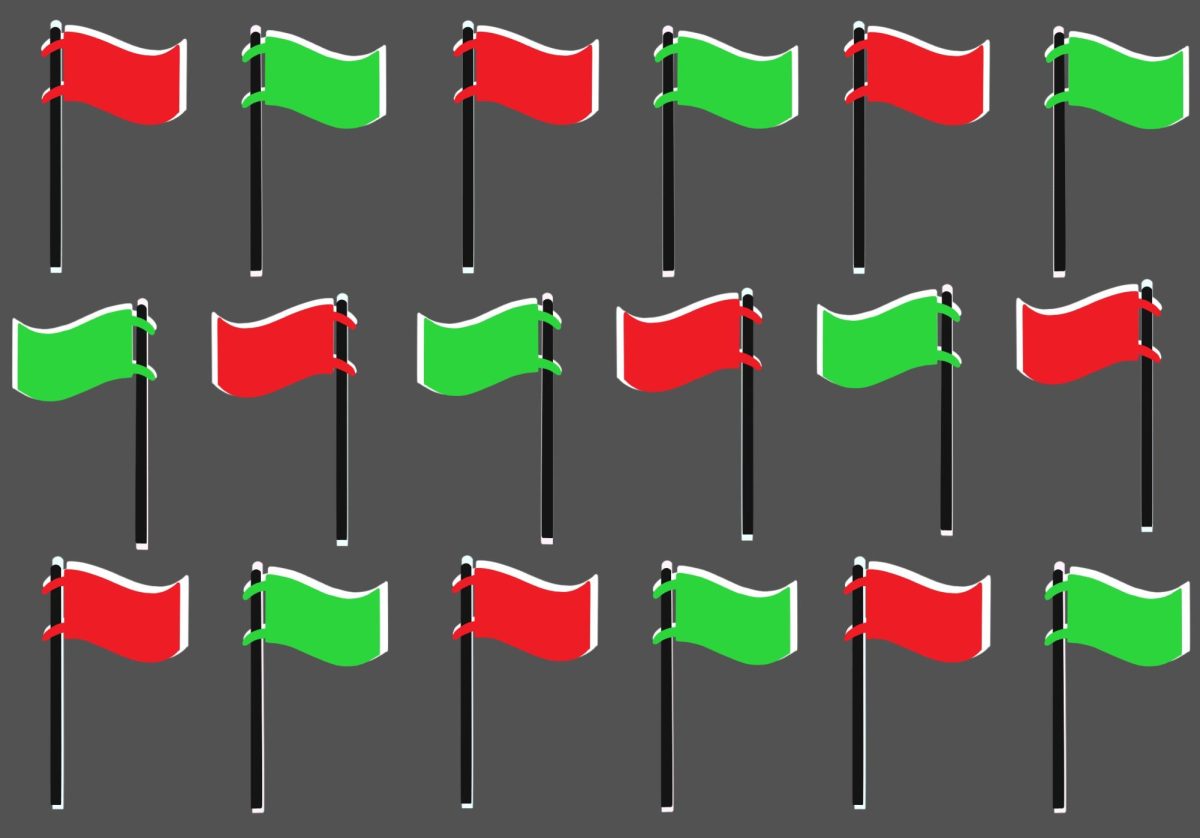TBy Greg Cuomo  he robust development of a renewable energy system in this country would have large ramifications, both locally and globally. Widespread adoption of alternative energy sources would play an important part in stabilizing the nation’s overall energy policy. And extensive renewable energy use would provide us cleaner air, cleaner water and ultimately, an improved quality of life. These positive impacts are worth striving for.
he robust development of a renewable energy system in this country would have large ramifications, both locally and globally. Widespread adoption of alternative energy sources would play an important part in stabilizing the nation’s overall energy policy. And extensive renewable energy use would provide us cleaner air, cleaner water and ultimately, an improved quality of life. These positive impacts are worth striving for.
In winter 2001, stakeholders in rural west central Minnesota formed a partnership around a common goal of developing a community-scale renewable energy center that involves local production and utilization of renewable energy sources. The stakeholders involved in this partnership include the University, the West Central Research and Outreach Center, the city of Morris, Minn., and other local and regional leaders. This partnership has developed into the University of Minnesota Renewable Energy Center at Morris. The Renewable Energy Center will be an integrated, community-scale, research and demonstration center with two primary objectives: to provide a model for integrating renewable energy into rural communities and economies and to facilitate the research and development of the technology needed to support the renewable energy industry. West central Minnesota has the natural and intellectual resources, the agricultural base and the commitment of its citizens to be a national leader in the research and development of renewable energy. Just as importantly, the Renewable Energy Center will be able to show how rural communities can benefit from renewable energy development.
The Renewable Energy Center is part of a larger University initiative on renewable energy. An integrated effort with the College of Agriculture, Food and Environmental Sciences; the College of Biological Sciences; the Institute of Technology and the newly developed Initiative for Renewable Energy and the Environment is positioning the University as a national leader in the important and emerging field of renewable energy.
One of the truly unique aspects of the University’s approach is its work to integrate the entire spectrum of the renewable energy field, from the science at a cellular level, to its environmental impact, to the development and demonstration of renewable energy technologies.
Many renewable energy fuels, including wind, biomass and biofuels, are rural and agricultural resources. Rural areas are struggling to maintain population and there is a critical need to develop new economic bases to complement the countryside’s traditional, agriculturally based economy. Renewable energy holds the promise of expanding economic prospects for farmers and rural communities and bringing a new and growing industry to rural areas.
Despite these advantages, wide-scale adoption of renewable energy has been limited. To overcome these challenges, integrated research and demonstration projects need to be conducted at a large enough scale to evaluate the environmental and economic costs and benefits. The Renewable Energy Center will team with a broad University constituency to help produce and disseminate research-based information regarding renewable energy production, processing and use, as well as address environmental and economic concerns. The Renewable Energy Center will help to connect the University to the citizens of the state and will demonstrate a recognizable value to out-state Minnesota that will be directly identified with the University. This is one of the many ways the University is working to build a renewable future.
Greg Cuomo is the station head of the West Central Research and Outreach Center.
He can be contacted at [email protected]







